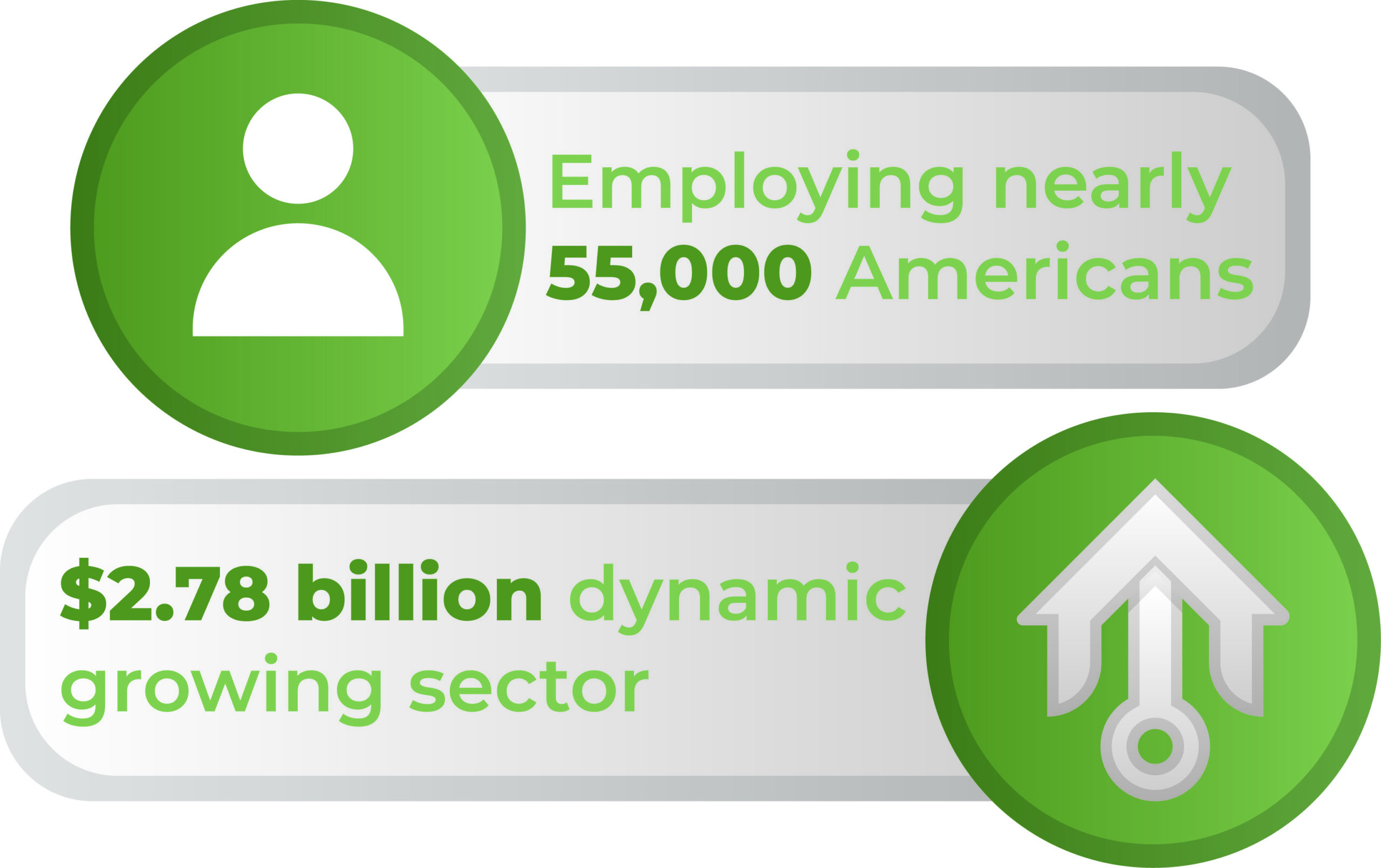Contractors’ Hub

Contractors play a vital role in the messaging, delivery, and installation of spray foam insulation across homes and businesses throughout the country. Contractors, and those who support them, are critical to the success of the industry, which according to a recent Zonda study, is a $2.78 billion dynamic and growing sector of the U.S. economy, employing nearly 55,000 Americans.1
Below are valuable resources and tools to enhance your knowledge of spray foam, help to grow your installation business, and effectively communicate with homeowners how and why spray foam is the top insulation choice for the building envelope.

Spray foam has several innovative properties, making it the all-in-one premium solution for your home’s insulation needs.
The Facts:
- Spray foam insulation is the only product that insulates and air seals your home’s thermal envelope without the need for additional products. Unlike other insulation materials, spray foam doesn’t sag or settle over time.2
- Spray foam insulation can help make your home feel “like a Yeti cooler.”3
IBE Resources:


Spray foam insulation’s seamless application creates an airtight barrier, preventing conditioned air from escaping and reducing the workload on heating and cooling systems. This results in significantly lower energy consumption.
The Facts:
- Air leaks can waste up to 40% of the energy used to heat and cool a single-family home.4
- Utilizing spray foam over other types of insulation could reduce total U.S. greenhouse gas (GHG) emissions by 3.5% annually, or the equivalent of removing 38.9 million cars from the road.5
IBE Resources:
Spray foam insulation is a highly effective solution to reduce utility costs. It prevents air leakage and minimizes heat transfer, resulting in improved thermal efficiency for homes and buildings, leading to substantial energy savings.
The Facts:
- By sealing air leaks with innovative building materials like spray foam insulation, homeowners can save up to 30% a year in energy costs.6
- The Department of Energy estimates that for every dollar invested in weatherization or retrofitting, $2.78 in savings are realized.7
-
- According to an EPA official, “putting insulation in is the best way to not only make your house more comfortable, but also drop your energy bills,” and that homeowners should prioritize investing in energy efficient insulation “before … even ever think about buying new appliances.”8
IBE Resources:


Offset the installation cost of spray foam insulation with available tax credits.
The Facts:
- The Inflation Reduction Act’s 25C tax credit provides a 30% credit (up to $1200) to homeowners for installing spray foam insulation in their homes.9
- State Incentives: Learn more about what state incentives are available for homeowners.10
IBE Resources:
- What You Need To Know: Improving the Building Envelope: What You Need to Know about The Inflation Reduction Act

Spray foam insulation proves its resilience in the face of natural disasters.
The Facts:
- Hurricanes: Installing spray foam insulation to an unvented attic is not only the more energy efficient choice, it also increases your home’s resiliency by providing wind uplift prevention solutions in the face of extreme weather like hurricanes.11

The Sand Palace of Mexico Beach (FL) in the aftermath of Hurricane Michael (2018)
- Flooding: Unlike traditional insulation materials, closed-cell spray foam is resistant to water damage, making it a reliable choice for moisture control.12 FEMA recognizes it as the sole insulation material capable of withstanding floodwater without compromising its integrity.13
IBE Resources:
- 2024 Spray Foam Study, Institute for the Building Envelope, 3/5/24
- American Chemistry Council And Spray Foam Coalition, Accessed 10/12/22
- The Los Angeles Times, 7/9/23
- WhySprayFoam.org, 3/16/15
- Huntsman, Accessed 10/12/22
- U.S. Department Of Energy Office Of Energy Efficiency & Renewable Energy, Accessed 8/8/23
- Popular Science, 4/11/22
- KWTX-TV, 8/2/23, Minute: 4:22-5:19
- Energy Efficient Home Improvement Credit, Internal Revenue Service, Accessed 4/5/24
- Database of State Incentives for Renewables & Efficiency, Accessed 4/5/24
- Spray Foam & Resiliency BES-103 – DESIGN NOTE, Accessed 10/26/23
- WhySprayFoam, Accessed 10/12/22
- FEMA, 2008


